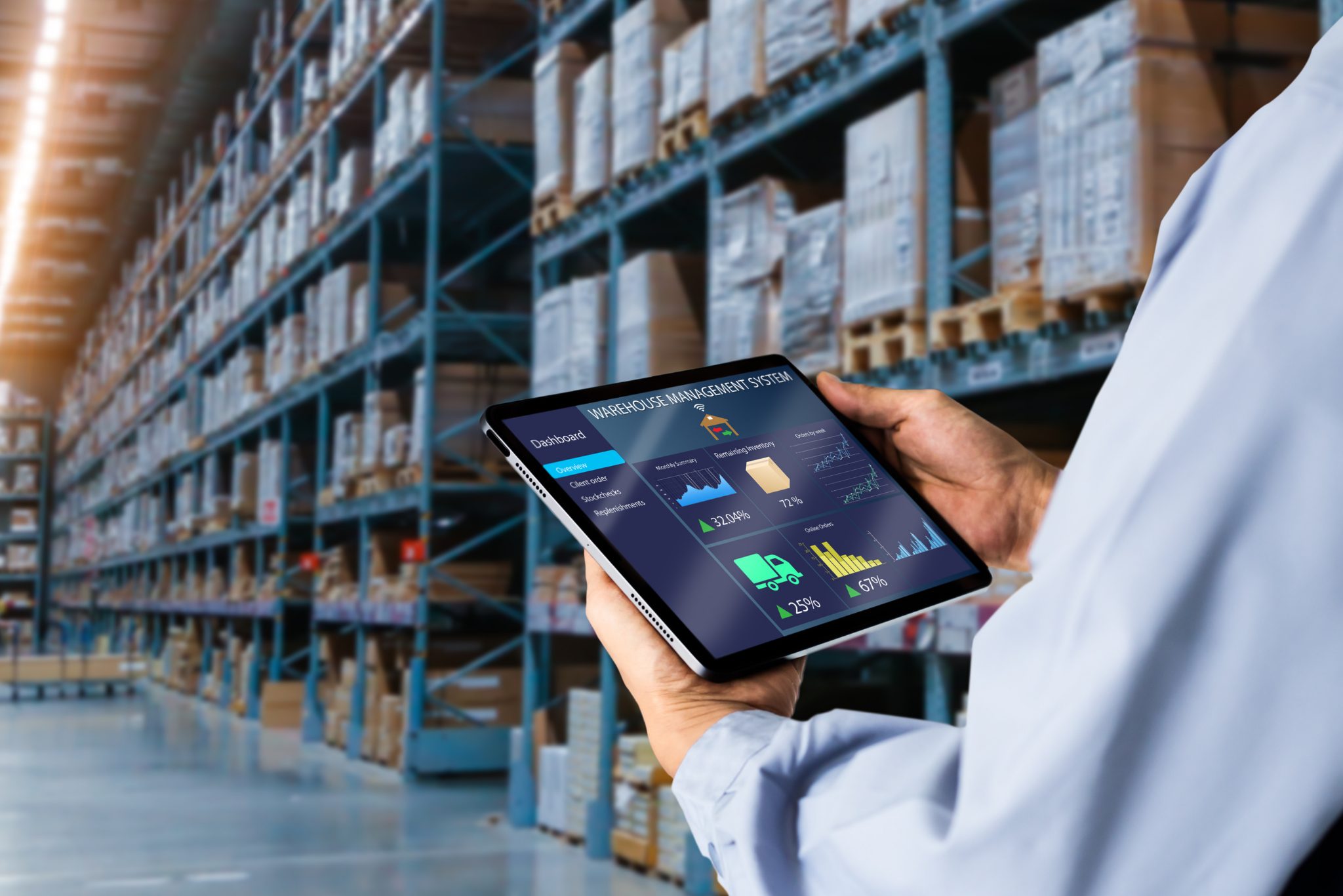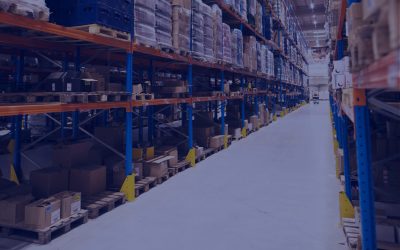Outsourcing Warehousing allows companies to cut fixed costs, boost last-mile speed, and scale globally without setting up subsidiaries or building warehouses.
In the past decade, logistics outsourcing has shifted from a cost-efficiency tactic to a strategy for expanding business reach. The growth of e-commerce, faster delivery expectations, and unstable supply chains have led companies to look for partners with ready-to-use infrastructure, technology, and skilled teams. In this scenario, outsourcing warehousing has become a core element of the 3PL offering—a model that gives businesses access to local inventory, speeds up last-mile delivery, and supports growth without requiring major upfront investments.
What Is Outsourcing Warehousing and How Does It Work?
Outsourcing warehousing involves delegating inventory receiving, storage, management, and distribution to a specialized partner. This partner provides the infrastructure, such as warehouses, WMS platforms, and automation systems, along with operational expertise, allowing the hiring company to stay focused on its core business.
The growth of this model is clear: in Latin America alone, the warehousing and storage market was valued at nearly USD 35 billion in 2024, with a projected CAGR of 6.9% through 2034. At a global level, logistics outsourcing is expected to exceed USD 1.1 trillion in 2025 and reach USD 1.57 trillion by 2033.
What Are the Advantages of Outsourcing Warehousing?
Adopting this strategy goes far beyond reducing costs. It represents a different way of managing operations. By outsourcing their warehouses, companies eliminate expenses related to building or renting storage facilities, hiring staff, and investing in technology. However, the benefits extend well beyond financial savings.
By trusting experts with inventory management, businesses gain access to advanced control technologies, including systems that accurately monitor goods and support informed decision-making based on up-to-date data. This leads to faster operations and lowers the risk of stockouts or overstocking.

Outsourcing warehousing also offers greater operational flexibility. When faced with shifts in demand or seasonal peaks, companies can adjust storage capacity without making new investments.
Outsourcing Warehousing and E-Commerce: A Powerful Alliance for Faster Deliveries
E-commerce has raised customer expectations for next-day delivery. When a marketplace promises fast shipping, it often relies on inventory stored locally by a 3PL partner. In fact, according to industry reports, 30% of the demand for logistics outsourcing services now comes from online sales channels.
The logic is straightforward: With inventory positioned just a few miles from the end customer, orders are shipped within hours instead of weeks. The impact is even greater for high-value technology, such as servers, routers, and medical equipment. Delivery times are shortened, and last-mile risk is lower because specialized handling takes place within controlled facilities.
How to Choose the Right Outsourcing Warehousing Partner
Before signing an agreement, it’s worth answering three key questions (yes, just three—endless checklists tend to slow decision-making):
- Do they understand my industry? A provider experienced with sensitive electronics knows how to handle regulatory requirements and manage delicate cargo properly.
- Can they scale with my growth plans? A warehouse that feels too big today but becomes too small—or too costly—tomorrow won’t support sustainable growth.
- Do they provide real-time data integration? Full inventory visibility is the new gold standard. Without live dashboards, potential savings can quickly disappear due to stockouts or lost inventory.
What’s Next: From Providers to Supply Chain Architects
Industry analysts project that the global contract logistics market will reach USD 805 billion by 2032, with a CAGR of 7.5%. The lines between warehousing, transportation, and fulfillment are becoming less defined. Customers expect a connected experience where inventory moves automatically and data flows smoothly across systems.

In this scenario, outsourcing warehousing is moving toward full supply chain orchestration, offering end-to-end visibility, multichannel collaboration, and sustainability built into the process from day one.
Outsourcing Warehousing with Aerodoc
Aerodoc’s warehousing service is built around its Miami facility and supported by a global logistics network. This setup allows companies to store, manage, and ship their inventory without investing in warehouses or setting up subsidiaries in each target market.
Infrastructure and Global Reach
- Warehouse in Florida (US): The core hub for receiving, storing, and dispatching goods.
- International coverage across 173 countries through certified partners and storage sites, enabling inventory consolidation near your customers and meeting tight SLAs.
One-Stop Shop Model
Aerodoc integrates every physical and documentary flow stage into a single service: inbound transportation, receiving, live inventory management, import/export coordination, and direct fulfillment to e-commerce platforms like Amazon.
Included Operational Services
- Container handling: Unloading, inspection, and re-labeling of inbound goods.
- In/Out Air Freight: Specialized handling for sensitive or time-critical air shipments.
- Flexible monthly storage: Pay only for the space you use, with a pay-as-you-store model.
- Inventory and cycle counts: Real-time tracking via Aerodoc’s WMS, with automatic accuracy reports.
- Picking & Packing: Order prep, kitting, custom packaging, and last-mile labeling.
- Software integration: APIs that connect Aerodoc’s WMS with your ERP, CRM, or marketplace—without headaches.
- Export LCL shipments: Loose cargo consolidation and end-to-end documentation handling.
Flexible and Hybrid Solutions
Aerodoc offers partial or full outsourcing models. You can outsource just the storage—or the entire cycle, including receiving, warehousing, fulfillment, and returns—tailoring rates and KPIs to your seasonal needs.
With over 25 years of experience, Aerodoc is a trusted partner for high-value, high-complexity cargo (satellites, telecom, data centers, pro audio-video, and tech resellers), where secure handling and strict traceability matter most.
Curious about how outsourcing warehousing can help your business grow?
Contact us and explore the custom solutions Aerodoc has to offer.
Q&A
- What Is Outsourcing Warehousing and How Does It Work? It’s delegating inventory storage, management, and distribution to a specialized partner, allowing businesses to focus on their core activities without infrastructure or local subsidiaries.
- How Does Outsourcing Warehousing Support E-Commerce Growth? It enables faster deliveries by positioning inventory near end customers, allowing orders to ship within hours and reducing last-mile risks for high-value products through controlled, specialized handling.
- What Are the Main Benefits of Outsourcing Warehousing? It lowers fixed costs, improves inventory accuracy through real-time data, minimizes stockouts or overstock, and offers flexibility to adjust storage capacity without new investments.
- How Do You Choose the Right Outsourcing Warehousing Partner? Focus on industry expertise, the ability to support your growth plans, and real-time data integration to achieve full inventory visibility and better decision-making.
- What Makes Aerodoc a Trusted Partner for Outsourcing Warehousing? Aerodoc combines its own Miami warehouse with global coverage in 172 countries, offering end-to-end logistics solutions and over 25 years of experience managing high-value, complex cargo.




